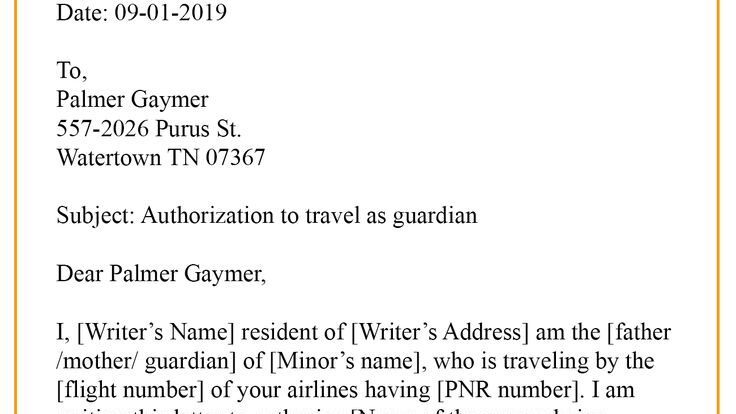
Causes of World War 1: Exploring the Catalysts of Global Conflict
In the annals of history, World War 1 stands as one of the most devastating conflicts humanity has ever witnessed. This cataclysmic event, which lasted from 1914 to 1918, claimed the lives of millions and reshaped the geopolitical landscape forever. But what were the causes that led to this unprecedented bloodshed? In this essay, we will delve into the key catalysts that ignited the flames of World War 1.
1. Nationalism and Imperialism
The late 19th and early 20th centuries saw a surge in nationalism and imperialism. European powers engaged in a fierce competition to expand their empires, leading to intense rivalries and tensions. These rivalries contributed to the intricate web of alliances that would ultimately lead to war.
1.1 Competition for Colonies
Imperial powers, such as Great Britain, France, Germany, and Russia, sought to gain control over lucrative colonies around the world. This scramble for territories escalated tensions and resulted in conflicts over colonies in Africa, Asia, and the Pacific.
1.2 Aggressive Nationalism
Rising nationalist sentiments fueled hostility between countries. The idea of national superiority and the desire for self-determination led to increased militarism, as nations sought to assert their dominance and protect their interests.
2. Alliance Systems and Military Buildup
In an attempt to secure their positions, nations formed complex alliances, creating a delicate balance of power. The main alliances were the Triple Entente (comprised of Britain, France, and Russia) and the Central Powers (including Germany, Austria-Hungary, and Italy initially).
2.1 The Arms Race
To maintain military superiority, countries engaged in an arms race, leading to a significant increase in military spending. This arms race, fueled by technological advancements, further escalated tensions between the alliance systems.
2.2 The Domino Effect of Alliances
With the intricate alliance systems established, any conflict between two nations had the potential to drag the entire continent into war. The assassination of Archduke Franz Ferdinand of Austria-Hungary in 1914 was the catalyst that set off the domino effect, as alliances were invoked and declarations of war ensued.
3. Economic and Trade Disputes
Economic rivalries and trade disputes also played a significant role in the lead-up to World War 1. Industrialization increased the need for resources and markets, leading to economic imperialism and fierce competition.
3.1 Tariffs and Protectionism
Countries imposed tariffs and enacted protectionist policies to shield their industries from foreign competition. This further strained economic relations and created an atmosphere of antagonism.
3.2 The Balkan Powder Keg
The Balkans, often referred to as the “powder keg” of Europe, were a hotbed of territorial disputes and nationalism. The assassination of Archduke Franz Ferdinand by a Serbian nationalist in Sarajevo was the spark that set off the chain of events leading to the outbreak of war.
4. Failure of Diplomacy and Alliances
Diplomatic efforts to prevent war failed, as the complex alliance systems constricted negotiations. The lack of effective diplomacy and the rigid adherence to existing alliances left little room for peaceful resolutions.
4.1 Ultimatums and Miscalculations
When Austria-Hungary issued an ultimatum to Serbia following the assassination, tensions escalated rapidly. The rigid obligations imposed by the alliances and the inability to find a diplomatic solution ultimately led to armed conflict.
4.2 Lack of International Cooperation
The international community’s failure to find common ground and mediate conflicts played a significant role in the escalation of the war. Key powers were either unwilling or unable to prevent the outbreak of violence, further exacerbating the situation.
Conclusion
World War 1 was the result of a perfect storm of complex factors: nationalism, imperialism, alliance systems, economic disputes, and the failure of diplomacy. A delicate balance of power, strained by aggressive nationalism, ultimately collapsed with the assassination of Archduke Franz Ferdinand. The devastation and loss experienced during World War 1 serve as a stark reminder of the consequences of political rivalries, militarization, and failed diplomacy. By understanding the causes of this conflict, we can hope to avoid the mistakes of the past and strive for a more peaceful future.
Frequently Asked Questions
Q: Which country started World War 1?
A: The war was triggered by the assassination of Archduke Franz Ferdinand of Austria-Hungary, but it was a complex web of factors and rivalries between countries that led to its outbreak.
Q: How did alliances contribute to World War 1?
A: The alliance systems created a domino effect, where any conflict between two nations could drag their allies into war. The complex web of alliances escalated regional conflicts into a global catastrophe.
Q: What were the long-term effects of World War 1?
A: World War 1 led to the collapse of empires, the redrawing of national borders, and the rise of new ideologies. It also set the stage for future conflicts, including World War 2.

Source Image: pinterest.com

Source Image: studycorgi.com
The main causes of world war 1 Causes. The start of World War I was precipitated by the assassination of the heir to the Austro-Hungarian throne, Archduke Franz Ferdinand, on June 28, 1914 (Mulligan, 2010) The elimination of the high-standing official was carried out by the group of secret society members called Black Hand and directed by Bosnian Serb Danilo Ilić (Storey







